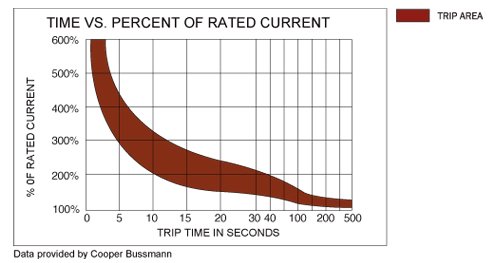O C Diver
Guru
- Joined
- Dec 16, 2010
- Messages
- 12,883
- Location
- USA
- Vessel Name
- Slow Hand
- Vessel Make
- Cherubini Independence 45
My guess is that the issue is in the stove and that the marina has a lower value trip from power leaking to ground. I would expect the stove to work ok when you return to your home slip.
As to what is causing the trip in the burner or burner control, I think it's going to be a proximity problem between the coil and stove frame that leaks just enough millivolts at the highest setting. Clearly the stove was built before the lower millivolt standard was in place.
As a curiosity, do you have a galvanic isolator between the shore power inlet and the main breaker panel?
Ted
As to what is causing the trip in the burner or burner control, I think it's going to be a proximity problem between the coil and stove frame that leaks just enough millivolts at the highest setting. Clearly the stove was built before the lower millivolt standard was in place.
As a curiosity, do you have a galvanic isolator between the shore power inlet and the main breaker panel?
Ted
Last edited:

